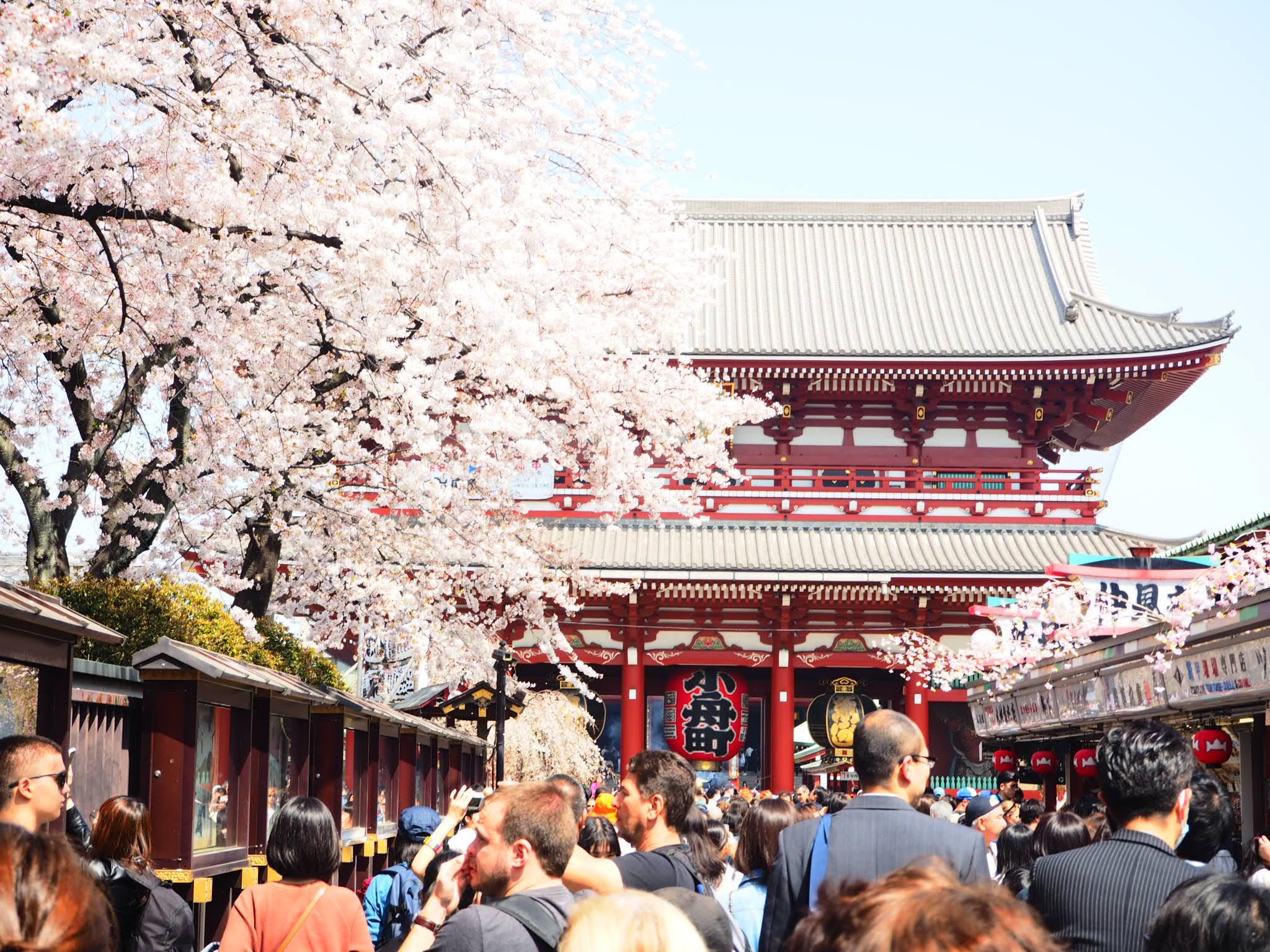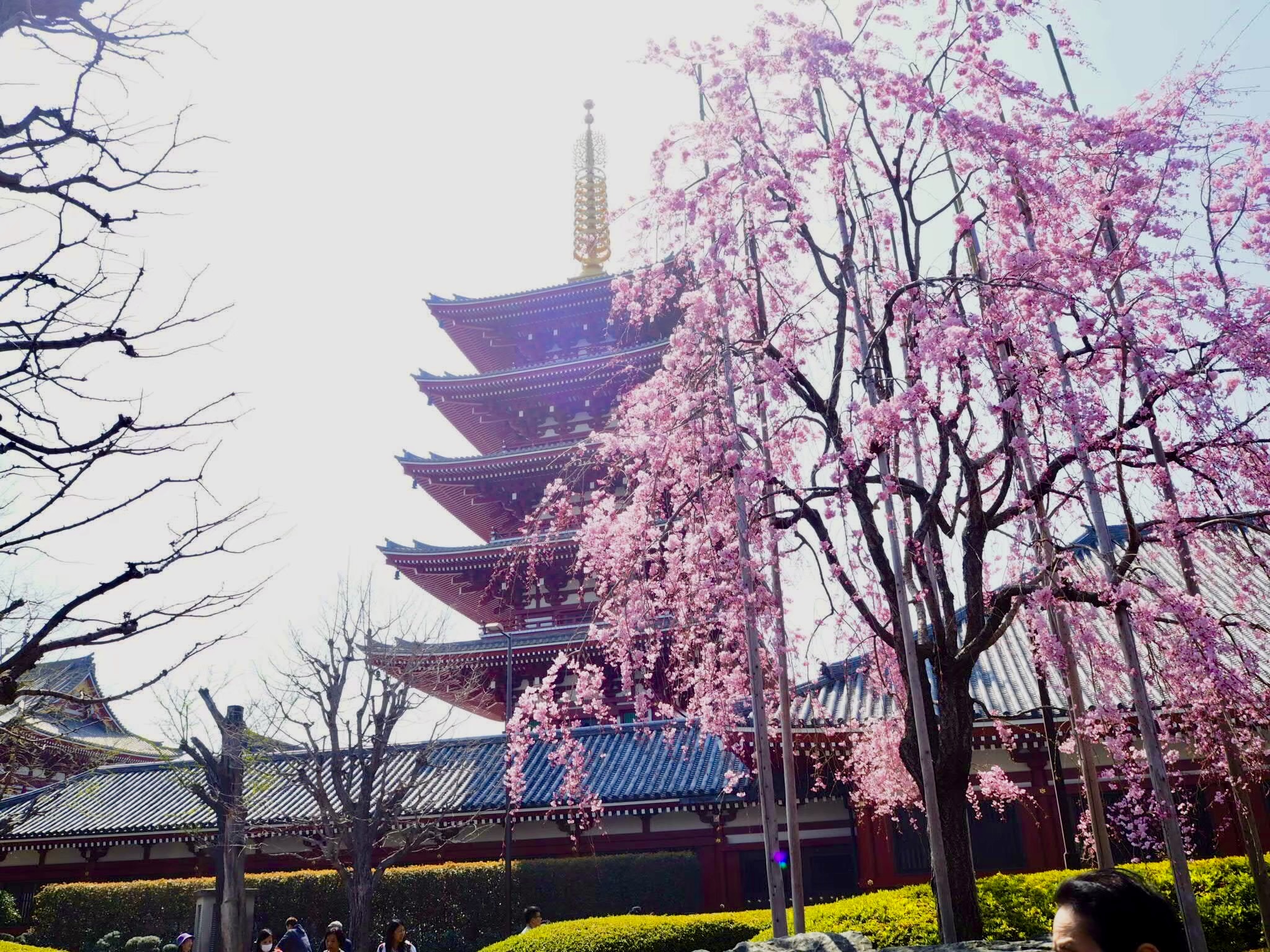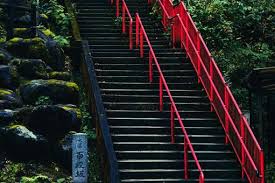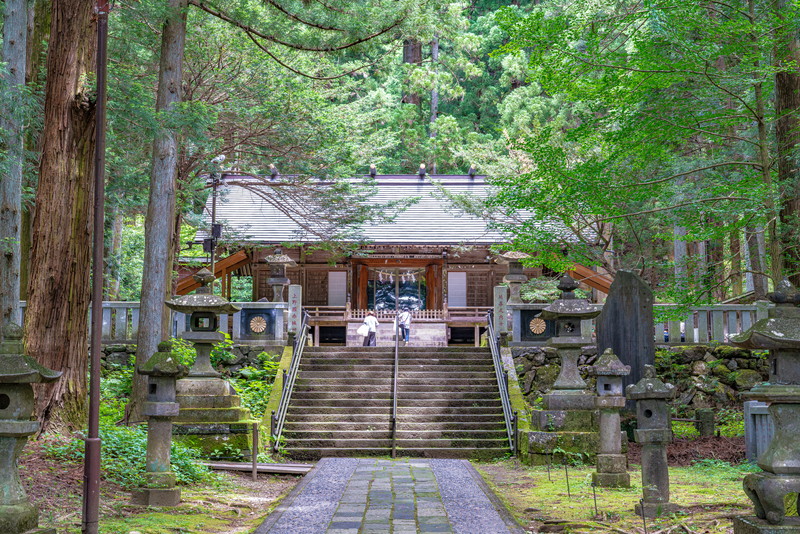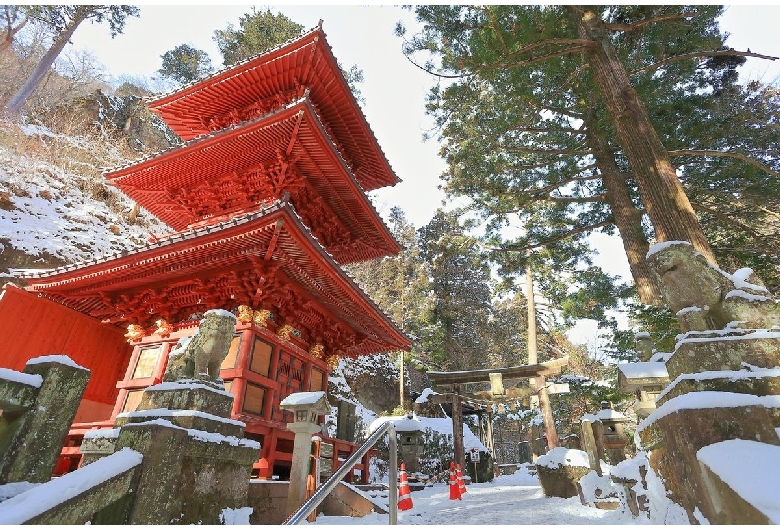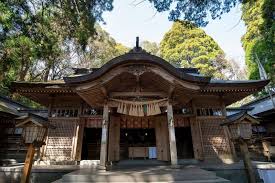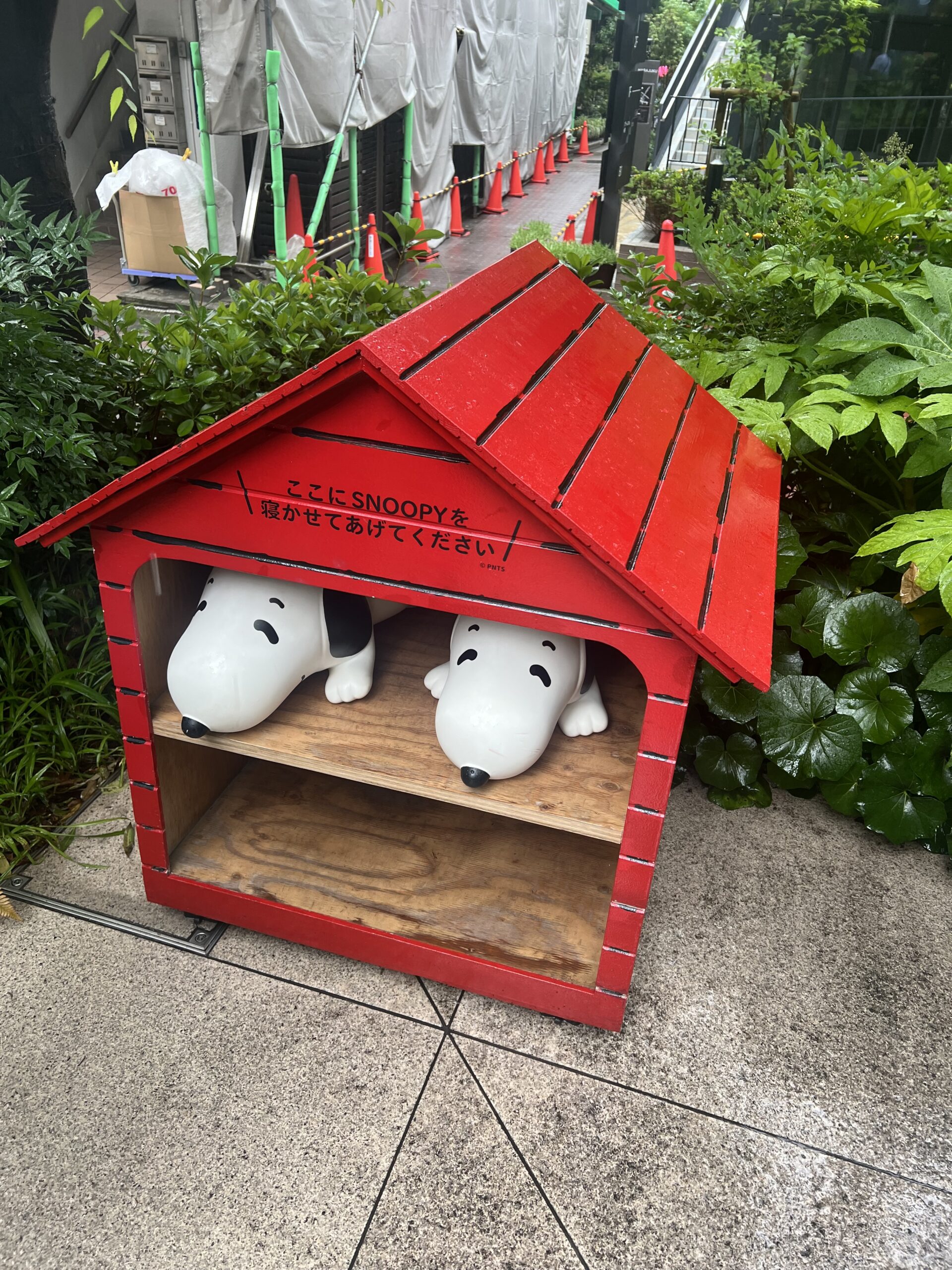

Traveler’s Guide to Top 3 Shrines in Asakusa
It is a no-brainer that Tokyo falls under the umbrella of the most bustling cities in the world. The fast-paced lifestyle, busy streets, and dazzling lights can attract anyone from around the world. But Tokyo is not only confined to an exotic lifestyle but also beams with a rich, cultural background. Ancient temples, next to tall skyscrapers are one of the best examples of the rich heritage Tokyo offers. Among many places, Asakusa is a popular tourist destination for shrines and temples.
Here is my comprehensive list of the must-visit shrines in Asakusa, to embrace your spiritual side.
Sensoji Temple
History
Also known as Asakusa Kannon Temple, Sensoji is a Buddhist temple that is popular among locals and tourists alike. The story of its origin begins in 628AD at Sumida River. It is said that two brothers named Hinokuma Hamanari and Hinokuma Takenari were fishing in the Sumida River when a statue of the Goddess of Mercy (Kannon) presented itself in front of them.
Despite putting the statue back into the river, it kept appearing in front of the two fishermen brothers. After recognizing its significance, the local chief Hajino Nakamoto, built a small shrine for the golden statue, which marked the beginning of Senso-ji Temple.
It is said that the statue itself was too beautiful to be seen with the naked eye. Hence, even today, it is buried beneath the temple. Tourists from all over the world travel here, to seek blessings and enjoy the serene atmosphere around the temple.
Description
You enter the temple through a large gate called “Thunder Gate” (Kaminarimon) which comprises a large red paper lantern, and statues of Wind God (Fujin) and Thunder God (Raijin) on either side. It is a great photo spot, always filled with tourists trying to get the best snap of the entrance.

Once you enter through the gate, you pass through a 250m shopping street called Nakamise Shopping Street. It comprises 80 small shops selling traditional Japanese souvenirs, hand-made crafts, freshly prepared snacks, sweets, and much more. I personally loved the selection of hand-made, Japanese-style fans and sugar-coated strawberries. In the evening, when the lights turn on along the street, it is a treat to sore eyes.
At the end of Nakamise Street, is the Hanzomon Gate comprising of a red lantern. It is also considered the point of entrance to the main hall. Before entering the main hall, visitors should wash their hands and legs at the purification well on the temple grounds. For a truly spiritual experience, you can burn incense sticks and inhale its aroma, which is known to have healing properties. The five-storied pagoda located on the left of the ground, also provides a majestic view.
One of the unique experiences I had in the main hall was trying the “Omikuji”, which is a Japanese paper fortune teller, which is available for 100 yen. Once done with soaking yourself in spirituality, you can have a nice, warm dinner before heading home.
Main events
- Sanja Matsuri: Mid May – Tokyo’s largest Shinto festival
- Asakusa Samba Festival: Late August – Dancers parade through streets to Samba music
- Asakusa Toro Natasha: Mid August – Lanterns with prayers are floated on the Sumida river
- Hatsumode: Jan 1-3: First shrine/temple visit of the year
How to Reach Sensoji
The temple is a few minute’s walk from Asakusa Station and can be accessed by Tobu Railway, Ginza Subway Line, and Asakusa Subway Line.
Address: 2-chōme-3-1 Asakusa, Taito City, Tokyo 111-0032
Opening hours: Main hall is open from 6 am – 17 pm, temple ground is open 24 hours
Imado Jinja
History
This shrine is believed to be a powerhouse for matchmaking. It is popular among locals and travelers who are yet to find luck in their love lives and relationships. In Japanese mythology, Izanagi no Mikoto and Izanami no Mikoto were believed to be the first married couple of Shinto mythology and the father and mother of Japan islands. They are considered the God of marriage and are often visited by people seeking good luck in matchmaking.
The shrine is also famous among travelers for having the first welcoming cat (Maneki Neko). In the Edo period, Imado was a famous pottery-making area. When a woman in the Edo period was forced to sell her cat, it appeared in her dream and instructed her to make a clay figure of the same, which gained popularity, leading to her prosperity. This is now famous as the Maneki Neko or beckoning cat.
Description
The Shinto shrine, speaks volumes of simplicity and welcomes people with open arms through the big Torii gate. At the entrance, pairs of Maneki-neko cats are placed, followed by small, traditional houses and shops. The shops sell cat-shaped figurines which are often bought by visitors as souvenirs. I have bought one too!
There are many wish plaques (ema) tied around the area. Before returning home, you can tie one to pray your wishes come true.
The less crowded and small size of the shrine sets it apart from the rest of the temples and shrines at Asakusa. It also provides an aesthetic appeal with seasonal flowers, plants, and the pleasant aroma of the incense burning in the atmosphere.
In front of the main shrine is a “Stone Petting Cat” statue, which grants wishes when stroked gently. The entire ambience is filled with statues of cats. If you’re a cat lover, it is a must-visit place during your Japan trip.
Main events
- Natsumoude: July 1 to 7 – Shrine Visiting ritual in summer
- Annual festival: June 1-2 – Annual Festival
- Tsukinami: First and 15th of every month
- Matchmaking parties are held all year round.
How to reach Imado Shrine
This shrine is a 15-minute walk from Asakusa Station.
Address: 1-5-22 Imado, Taito-ku, Tokyo 111-0024
Opening hours: 9am to 16pm
Asakusa Shrine
History
It is located opposite the Senso-ji shrine and unlike its neighbor, it is quiet and peaceful. Because of its old building and long historical significance, it is deemed as an important Cultural property.
After the Sensoji shrine was set up, the Asakusa Jinja Temple was built to honor the three men and their spirits were enshrined as the local Shinto Gods. Hence, the temple also gets the name Sanja-sama, which translates to ‘Shrine of Three Gods’. The famous Sanja Matsuri festival is held to honor and celebrate these three men, in Asakusa Shrine.

The shrine was built in 1649 and follows a gongen-zukuri architectural style. Unlike the Sensoji and other popular shrines of the area, Asakusa Jinja was able to survive the Tokyo air raids in 1945.
Description
A pair of magnificent lion statues, one with an open mouth and the other with a closed mouth guard the premises of the shrine. It signifies the beginning and end of all things in the world. Another set of ‘Married lion dogs’ is seen on the temple grounds which delivers luck and prosperity.
The shrine’s main hall is beautifully decorated with yellow and red colors, along with pictures of Phoenix, Kirin, and other mythical animals. Like other shrines, wooden plaques are available which are generally used to write wishes and pray for prosperity and good health.
After experiencing the enchanting Asakusa Shrine in the evening, I recommend having dinner at a traditional Japanese restaurant.
Main Events
Apart from Sanja Matsuri, some other events held here are:
- Chrysanthemum Festival: Early November – Offering of Chrysanthemum flowers
- Setsbun: Early Feb – Start of spring based on lunar calendar
How to reach Asakusa Jinja
The temple is a few minute’s walk from Asakusa Station and can be accessed by Tobu Railway, Ginza Subway Line, and Asakusa Subway Line.
Address: Asakusa Shrine, 2 Chome-3-1 Asakusa, Taito City, Tokyo 111-0032
Opening hours: 9am to 16pm
Written by Apoorva from India
Reading books in a peaceful atmosphere is my guilty pleasure.





